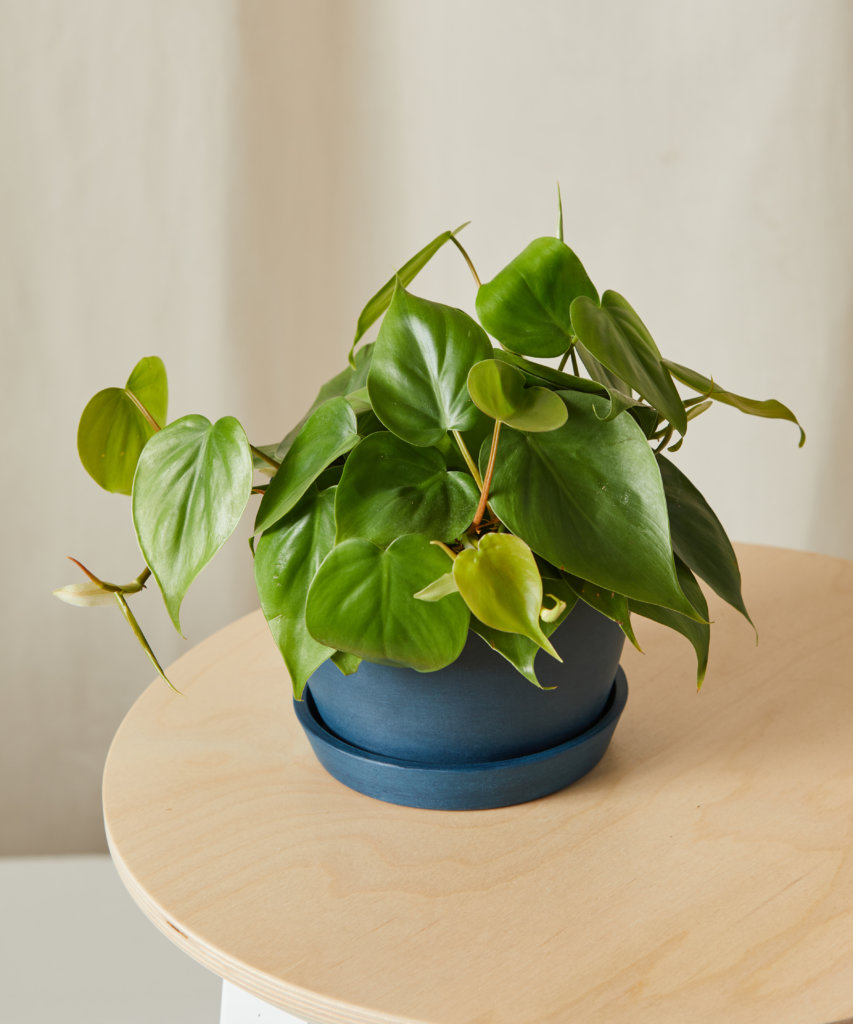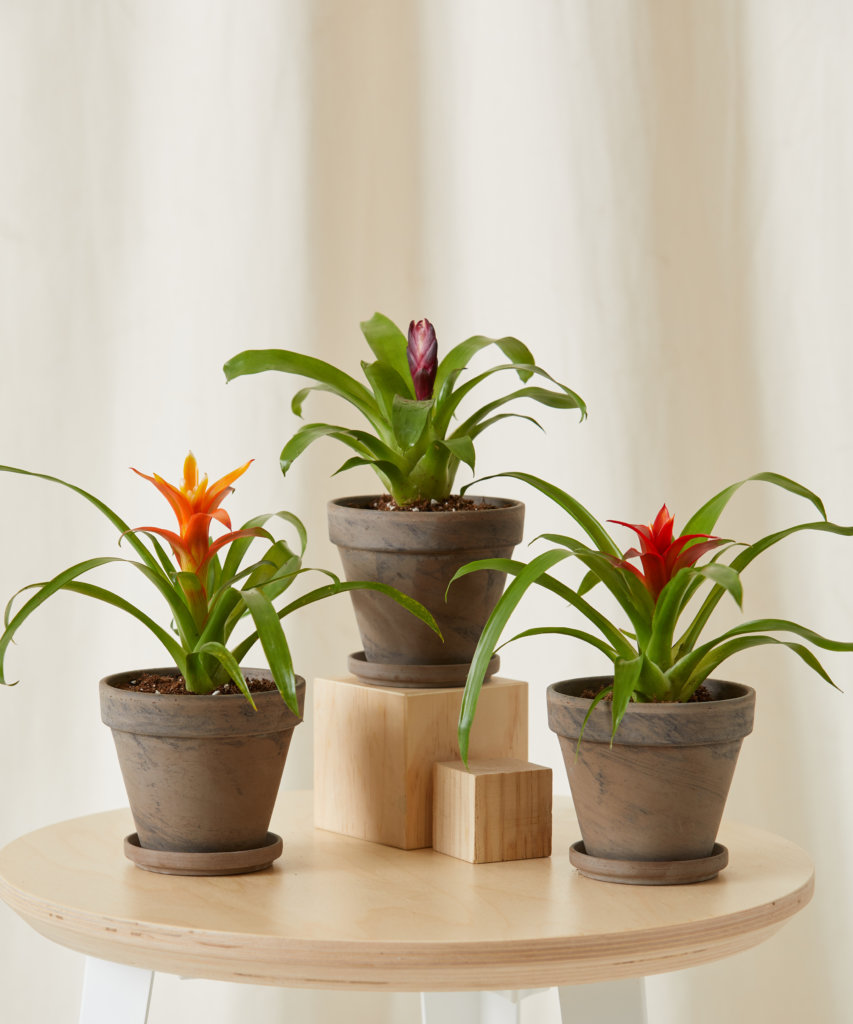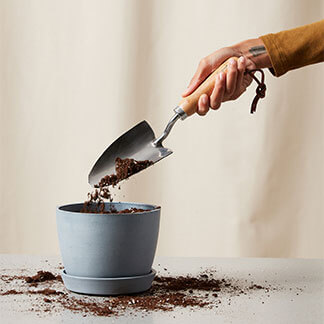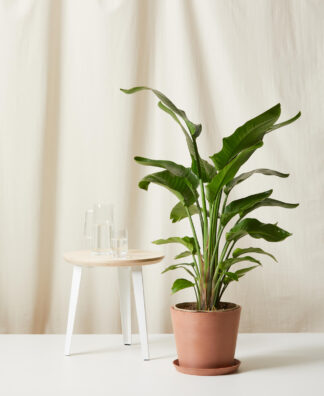Green Living
Teach The Joy Of Growing With These 7 Kid-Safe Plants

Plants and gardening offer countless mental, physical, and emotional health benefits, no matter your age. But kids in particular can learn so much from plant care! The benefits span from sensory, motor, and cognitive to social, mental, and emotional. Depending on your child’s age, helping kid-safe plants grow can help them develop essential skills. These skills include communication, following directions, working with others, asking for or providing help, and more.
Most importantly, plant care is fun! In this article, we’ll go over the criteria for selecting plants for kids to grow. We’ll also share our favorite kid-friendly plants to bring your children’s gardening ideas to life.
What To Look For When Choosing Kid Safe Plants
When it comes to selecting indoor houseplants for kids, not all plants are created equal. The plants you bring into your home should be safe, size-appropriate, relatively easy to grow, and, depending on your kids’ age, non-toxic (a plus for your pets, too!).
You should also consider your child’s unique interests when selecting a plant for them. A well-matched plant can hold their interest and encourage them to try new plants and growing techniques.
Plants For Kids That Are Safe, Educational, And Fun
Philodendron Heartleaf

The low-maintenance Philodendron Heartleaf is a great non-toxic indoor plant for kids thanks to its hardy, fast-growing nature. These easy-to-grow plants are incredibly adaptable. They can also handle anything a kid might throw at them (literally or figuratively!). Plus, their trailing stems are easy to propagate—just place the cut end in water and wait for roots to develop!
Bromeliad Pineapple

What could be more entertaining than growing tropical fruit in your living room? Kids will love watching their Bromeliad Pineapple plant progress through each stage of growth. Although this variety is not grown for edible consumption, it’s still a fun activity to enjoy. This plant naturally produces “pups” at its base, giving kids the opportunity to separate, pot up, and nurture new baby plants.
Red Prayer Plant

If the mesmerizing, colorful foliage isn’t enough, the leaves of the Red Prayer Plant also “dance” as they follow the light throughout the day, folding upward as the sunlight fades in the evening. Place this plant in a spot with bright, indirect light. Try recording a time-lapse video so kids can see this phenomenon in action! Kids will love this interactive way of learning about the effects of light on plants.
Bromeliad Collection

The Bromeliad Collection features three adorable bromeliad plants with vibrant blooming stalks, giving each a distinct identity. The flowers on these plants are long lasting, providing plenty of time to observe changes as the plants thrive in a bright spot. With age, baby plants emerge at the base of each mature plant and can be separated and potted up into their own containers.
African Violet

African Violet plants have a lot to offer. When grown in bright light, they can bloom continuously, giving kids the chance to learn about flower development. The leaves are textural, soft, and completely irresistible to little hands. Since these plants prefer their leaves stay dry, teaching kids how to bottom-water is the perfect hands-on way to learn about capillary action as they nurture these beauties.
Peperomia Watermelon

Resembling the refreshing sweet summer treat, Peperomia Watermelon flaunts rounded leaves and a semi-trailing habit. Kids will love to show this off to visitors, thanks to its uniquely patterned foliage and bright red stems. Peperomias are one of the least-demanding houseplants around and root easily, so you can have fun fun teaching your little ones about propagation without the stress of a fussy plant.
Bird of Paradise

Put your little one in charge of watering your tallest, most prominent plant in your home, and they’ll swell with pride. A large Bird of Paradise is easy to care for, stylish (for your benefit), and can grow up to eight feet tall! New leaves emerge in tightly rolled-up tubes, and watching them unfurl day by day is a fun way for kids to track growth as they watch their hard work pay off.
















